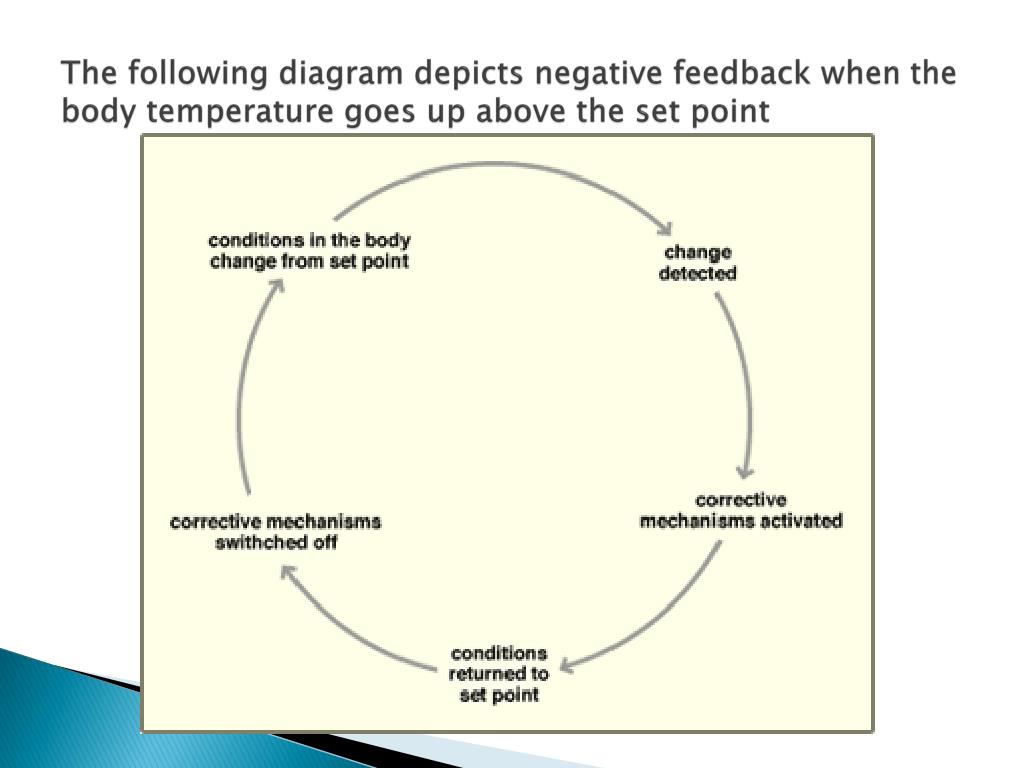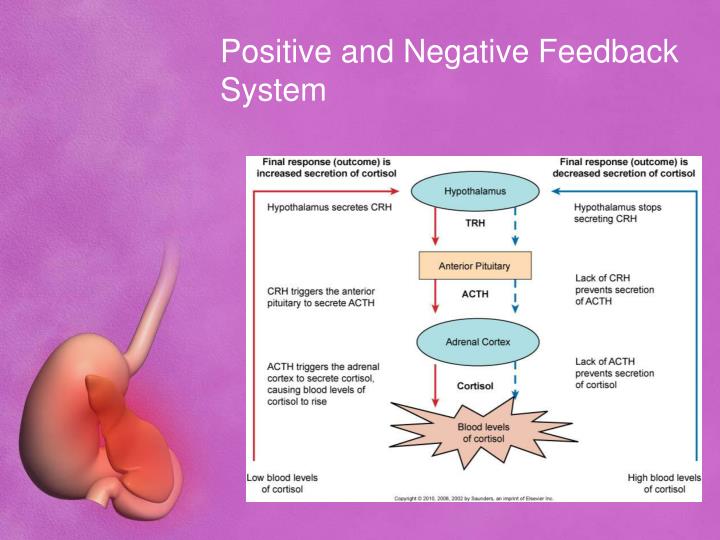
These sessions give both the employer and the employee to openly discuss problem areas, things that are going well, open questions, and much more.Ī formal feedback session at work may look at statistics and demonstrate actionable insights. Formal feedback is typically arranged and can be pre-planned. This type of feedback is the most obvious and can take the form of something like an annual performance review. This article aims to give you practical advice on the various types of feedback and feedforward, including when it’s not appropriate. With different types of feedback available, it’s important to familiarise yourself with when to use which type. It helps people to grow, adapt, and become better versions of themselves.
#POSITIVE VS NEGATIVE FEEDBACK EXAMPLES PLUS#
Community Health and Economic Prosperity (CHEP) plus icon.Policy Resources and Training plus icon.Archived Updates for Rural Health Partners, Stakeholders, and Communities on the 2019 Coronavirus Disease Response.Performance and Evaluation Office (PEO) Leadership plus icon.Performance and Evaluation Office plus icon.Patient-Centered Health Risk Assessments plus icon.HI-5 Stories from Public Health Innovators.HI-5 14 Evidence-Based Community-Wide Interventions Slides.Policy and Economic Research and Analysis.

Policy Analysis and Engagement Office plus icon.It can be used for a variety of health topics. The public health example above is for illustration and demonstrates the concept of looking for feedback around public health problems. As the number of susceptible people declines the flow of new people becoming infected will slow and eventually stop. The green arrow illustrates negative feedback. This will speed up the inflow of infected people., which will further increase the stock of infected people. The more infected people there are, the more likely health people will be infected at a faster rate. In this system depicting an infectious disease, the blue arrow is showing positive feedback. In this stock and flow diagram, two arrows have been added to demonstrate feedback in the system. Let’s see how that might happen in the example below. In the context of TiS skills, we can think about feedback loops as the mechanisms of action that connect stocks to the operation of flows.

It shows A and B interacting and pushing back against one another in an attempt to return to a set point where A and B are the same size. The graphic on the right also demonstrates this concept. As your temperature then gets below the set point, you begin to shiver in an attempt to raise your body temperature back to its set point. As your temperature rises above your set point, your body attempts to counteract that change by causing you to sweat and cool you down.

Take the example of regulating body temperature and break it down to see how negative feedback works. Certain mechanisms in the human body-such as those that regulate temperature of blood glucose levels-are great examples of negative feedback loops. Again, negative feedback doesn’t mean a negative outcome, as it can stabilize systems. Negative feedback, also known as negative loops, work to negate change and drive stability in systems. Looking for feedback offers the potential to understand and manage a richer set of outcomes from decisions. For example, the overuse of antibiotics has contributed to the development of stronger and stronger microbes which led to the use of more antibiotics to fight infection. Looking for feedback in a system helps give you a better understanding of how actions shape the environment and how the ever-changing environment then shapes activity. You may not be able to fix one problem without causing a positive or negative effect somewhere else in the system. This perspective of feedback helps you think of solutions to problems. But looking for feedback might help you see that A causes B, and over time, B affects A. Take the simplest example of causality: A causes B. Feedback is what makes systems problems so interesting and challenging to solve-you always have to think of both the possible intended and unintended consequences of decisions.

Feedback occurs when a condition in a system causes activity that then impacts that initial condition. Looking for feedback is an important concept when thinking about systems.


 0 kommentar(er)
0 kommentar(er)
